Failed To Load Class Org Slf4J Impl Staticloggerbinder
When working with Java applications, it is not uncommon to encounter various error messages. One such error message that developers may come across is “failed to load class org.slf4j.impl.StaticLoggerBinder.” This error message is related to the SLF4J library, and it indicates a problem with the logging setup in the application.
1. Overview of SLF4J and its purpose in Java applications
SLF4J, which stands for Simple Logging Facade for Java, is a logging framework designed to provide a simple and efficient interface for logging in Java applications. It serves as an abstraction layer and allows developers to use different logging libraries without modifying their code. By using SLF4J, developers can avoid being tied to a specific logging implementation and switch between logging libraries easily.
The primary purpose of SLF4J is to provide a standardized way to log events occurring within an application. Logging is an essential aspect of software development as it helps in debugging, monitoring, and performance analysis. With SLF4J, developers can log events at different levels, such as debugging, info, warning, and error, to make the application’s behavior and state more transparent.
2. Reasons behind the failed loading of the StaticLoggerBinder class
The “failed to load class org.slf4j.impl.StaticLoggerBinder” error occurs when the SLF4J library cannot find or load the implementation class required to bind the logger interface with the underlying logging framework.
There are several reasons why this error message may appear:
– Conflicting logging dependencies: If multiple logging libraries or different versions of the same library are present in the application, they can cause conflicts and prevent the correct loading of the StaticLoggerBinder class.
– Outdated SLF4J version: If the SLF4J version being used is outdated, it may not be compatible with the logging framework being used in the application. In such cases, updating SLF4J to the latest release can help resolve the issue.
– Incorrect classpath: If the required SLF4J JAR files are not present in the classpath or are not configured correctly, the StaticLoggerBinder class cannot be loaded.
– Incorrect or missing SLF4J configurations: The SLF4J library relies on configuration files to determine which logging implementation to use. Incorrect or missing configurations can lead to the failure of loading the StaticLoggerBinder class.
3. Resolving the issue by checking for conflicting logging dependencies
To resolve the “failed to load class org.slf4j.impl.StaticLoggerBinder” error, developers should first check for conflicting logging dependencies. This can be done by examining the application’s dependency tree or build configuration.
Some common tools used for managing Java dependencies, such as Apache Maven or Gradle, provide features to analyze and resolve dependency conflicts. By identifying and excluding redundant or conflicting logging libraries, developers can ensure that only the required logging implementation is present in the application.
4. Updating SLF4J version to the latest release
If the SLF4J version being used in the application is outdated, updating it to the latest release can help resolve the issue. The SLF4J project regularly releases updates with bug fixes, improvements, and compatibility updates with popular logging frameworks.
By updating the SLF4J version in the project’s build configuration or dependency management tool (e.g., Maven or Gradle), developers can ensure compatibility with the underlying logging framework and avoid the “failed to load class org.slf4j.impl.StaticLoggerBinder” error.
5. Correcting the classpath to include the required SLF4J JAR files
Proper configuration of the classpath is crucial for the successful loading of the StaticLoggerBinder class. Developers should ensure that the required SLF4J JAR files are present in the classpath.
This can be done by adding the necessary JAR files directly to the classpath or by using a dependency management tool like Maven or Gradle to handle the dependency resolution automatically. The build configuration or dependency management file should include the SLF4J dependencies, such as “slf4j-api” and the desired logging implementation.
6. Checking for incorrect or missing SLF4J configurations in the application
The SLF4J library relies on configuration files to determine which logging implementation to use. Incorrect or missing configurations can prevent the successful loading of the StaticLoggerBinder class.
Developers should check if the required SLF4J configuration files, such as “slf4j.properties” or “logback.xml,” are present in the application’s classpath and properly configured. These files contain settings related to logging levels, log file locations, and other logging-specific configuration options.
By ensuring that the SLF4J configuration is correct and matches the desired logging implementation, developers can avoid errors like “failed to load class org.slf4j.impl.StaticLoggerBinder.”
7. Troubleshooting steps for common errors encountered with SLF4J
Apart from the “failed to load class org.slf4j.impl.StaticLoggerBinder” error, developers may encounter other issues related to SLF4J. Here are some common troubleshooting steps to resolve these errors:
– Check for incompatible logging frameworks: Make sure that the logging implementation being used is compatible with SLF4J. Some logging frameworks, such as Log4j, require additional bridge libraries like “log4j-slf4j-impl” for seamless integration with SLF4J.
– Verify the required dependencies: Ensure that the necessary SLF4J dependencies, including “slf4j-api” and the desired logging implementation, are correctly specified in the project’s build configuration or dependency management file.
– Review the logging framework’s documentation: Consult the documentation and user guides of the logging framework being used to understand its integration requirements with SLF4J. The framework’s documentation may provide specific instructions or additional configuration steps required for successful setup.
8. Best practices for proper implementation and usage of SLF4J in Java projects
To ensure smooth integration and effective usage of SLF4J in Java projects, consider the following best practices:
– Use SLF4J API for logging: Use the SLF4J API consistently throughout the codebase for logging purposes. This allows for easy switching between different logging implementations without modifying the code.
– Keep SLF4J dependencies up to date: Regularly update the SLF4J dependencies to leverage bug fixes, improvements, and compatibility updates. Staying up to date with the latest releases reduces the chances of encountering compatibility issues.
– Follow SLF4J logging conventions: Adhere to the logging conventions specified by SLF4J, such as using placeholders for dynamically generated log messages and using appropriate log levels for different types of events.
– Enable logging in production environments: Proper logging is crucial for monitoring applications in production environments. Ensure that the necessary SLF4J configurations and logging levels are set appropriately to capture relevant information during runtime.
– Use SLF4J with a suitable logging implementation: Choose a logging implementation that aligns with the project’s requirements and integrates well with SLF4J, such as Logback or Log4j2. Consider factors like performance, configurability, and support when selecting a logging implementation.
In conclusion, understanding and resolving the “failed to load class org.slf4j.impl.StaticLoggerBinder” error message is essential for successful integration and usage of SLF4J in Java applications. By following best practices and troubleshooting techniques, developers can ensure seamless logging and effective monitoring of their projects.
Resolve Slf4J: Failed To Load Class \”Org.Slf4J.Impl.Staticloggerbinder\” In Selenium Webdriver
Keywords searched by users: failed to load class org slf4j impl staticloggerbinder slf4j-api maven, slf4j-simple, Failed to load class org slf4j impl StaticLoggerBinder IntelliJ, org.slf4j.impl.staticloggerbinder maven, Log4j-slf4j-impl, Slf4j maven, SLF4J, slf4j-log4j12
Categories: Top 35 Failed To Load Class Org Slf4J Impl Staticloggerbinder
See more here: nhanvietluanvan.com
Slf4J-Api Maven
Logging is an essential aspect of any software application, providing valuable insights into its behavior, performance, and errors. Java application developers often turn to libraries to assist them in handling logging functionality effectively. One such widely-used library is SLF4J. In this article, we will explore SLF4J-API Maven, a powerful tool that simplifies logging in Java applications, and delve into its features and benefits.
What is SLF4J?
SLF4J, which stands for Simple Logging Facade for Java, is a logging facade library designed to provide a simple and efficient logging framework for Java applications. It serves as a layer between the application and the underlying logging framework, allowing developers to switch between different logging frameworks without modifying their code significantly. SLF4J provides a unified API for various logging frameworks such as Logback, Log4j, and java.util.logging.
Introducing SLF4J-API Maven
SLF4J-API Maven offers a streamlined approach to integrate SLF4J into Maven-based Java projects. Maven, a widely-used build automation tool, simplifies project configuration and dependency management. By adding the SLF4J-API Maven dependency to a Maven project, developers can easily leverage the powerful logging capabilities of SLF4J.
To utilize SLF4J-API Maven, developers need to include the relevant dependency in their Maven project’s pom.xml file. Here’s an example of how it can be added:
“`
“`
By specifying the correct groupId, artifactId, and version in the Maven dependency, developers ensure that their project includes the SLF4J-API Maven library.
Key Features and Benefits of SLF4J-API Maven
1. Logging Abstraction: SLF4J-API Maven offers a clear and concise logging abstraction layer that decouples the application code from the chosen logging framework. This allows developers to switch between different logging frameworks without modifying their code, promoting flexibility and adaptability.
2. Lightweight and Fast: SLF4J-API Maven is known for its lightweight and efficient design. It imposes minimal runtime overhead, ensuring that logging operations do not impact application performance. This makes it suitable for both small-scale and large-scale applications.
3. Pluggable Logging Implementations: SLF4J-API Maven supports various logging frameworks, including Logback, Log4j, java.util.logging, and more. Developers can choose the logging implementation that best suits their needs and easily switch between different frameworks by updating the Maven dependencies.
4. Logging Levels and Configuration: SLF4J-API Maven provides extensive support for logging levels, allowing developers to differentiate between various severity levels of log statements. Additionally, it offers flexible configuration options to control the behavior of logging, such as defining log levels, formatting log messages, and specifying log output destinations.
5. Compatibility with Existing Logging Code: SLF4J-API Maven seamlessly integrates with existing logging code, enabling developers to migrate from other logging frameworks to SLF4J without significant rework. This compatibility ensures that the transition to SLF4J is smooth and hassle-free.
FAQs
1. Can SLF4J-API Maven be used in non-Maven projects?
Yes, SLF4J-API Maven can be used in non-Maven projects as well. Developers can manually download the SLF4J-API Maven library and include it in their project’s classpath.
2. Can SLF4J-API Maven be used with other build tools?
While SLF4J-API Maven is specifically designed for Maven projects, it can also be used with other build tools such as Gradle or Ant. Developers need to ensure that the SLF4J-API Maven dependency is correctly added to their project’s configuration.
3. Is SLF4J-API Maven compatible with all Java versions?
Yes, SLF4J-API Maven is compatible with Java versions 1.2 and above. It supports both older and newer Java versions, ensuring broad compatibility.
4. Are there any alternatives to SLF4J-API Maven?
Yes, there are alternatives to SLF4J-API Maven, such as Log4j, Logback, and java.util.logging. However, SLF4J-API Maven’s key advantage lies in its ability to act as a logging facade, allowing seamless interoperability between different logging frameworks.
In conclusion, SLF4J-API Maven simplifies logging in Java applications by providing a unified API and seamless integration with Maven projects. Its lightweight design, support for multiple logging frameworks, and compatibility with existing logging code make it a popular choice among Java developers. By leveraging the power of SLF4J-API Maven, developers can enhance their application’s logging capabilities, leading to better insights and improved software quality.
Slf4J-Simple
Introduction to Logging
Logging is an essential aspect of software development. It allows developers to record important events, error messages, and system status in order to understand the behavior of the application at runtime. It is particularly crucial when troubleshooting issues or monitoring the performance of an application. In the Java ecosystem, developers often rely on the Simple Logging Facade for Java (SLF4J) framework for implementing logging in their applications.
Understanding SLF4J
SLF4J is a logging framework developed by QOS.ch, the same team behind Logback, one of the most widely used logging frameworks in Java. SLF4J serves as a facade, providing a generic logging API that developers can use while allowing them to choose the actual logging implementation at deployment time. This decoupling of the logging API from the implementation offers great flexibility and portability.
SLF4J-Simple: A Simple Logging Implementation
Among the several SLF4J implementation options available, one of the most straightforward and lightweight choices is SLF4J-Simple. As the name implies, it provides a simple logging implementation with minimal setup and configuration. SLF4J-Simple is primarily intended for small to medium-sized projects or for those developers who prefer simplicity over advanced features.
Setting Up SLF4J-Simple
To get started with SLF4J-Simple, you need to add the necessary dependencies to your project. First, you will need the SLF4J API dependency, which can be easily obtained from the official SLF4J website or from popular package managers like Maven or Gradle. Secondly, you need to include the SLF4J-Simple implementation dependency, which can be found in the same locations as the API.
Once the dependencies are added to your project, you can start using SLF4J-Simple for logging. The first step is to retrieve an instance of the logger using the LoggerFactory class provided by the SLF4J API:
“`
import org.slf4j.Logger;
import org.slf4j.LoggerFactory;
public class MyApp {
private static final Logger logger = LoggerFactory.getLogger(MyApp.class);
public static void main(String[] args) {
logger.info(“Hello SLF4J-Simple!”);
}
}
“`
In the above code snippet, we import the necessary classes, retrieve an instance of the logger specific to our application class (`MyApp`), and use it to log an informational message. SLF4J-Simple automatically attaches itself to the underlying logging system, making it a breeze to log messages with just a few lines of code.
Configuring SLF4J-Simple
One of the key features of SLF4J-Simple is its minimal configuration requirements. By default, SLF4J-Simple uses the INFO logging level, which means that only messages with a severity level equal to or higher than INFO will be displayed. However, you can easily tweak this behavior by creating a `simplelogger.properties` file and placing it in the classpath of your application.
The `simplelogger.properties` file allows you to customize various aspects of SLF4J-Simple, such as the logging level, format, and timestamp format. For example, to configure SLF4J-Simple to display all log messages at DEBUG level, you can add the following property to the `simplelogger.properties` file:
“`
org.slf4j.simpleLogger.defaultLogLevel=debug
“`
By experimenting and adjusting the configuration settings in this file, developers can fine-tune the logging behavior according to their specific requirements.
FAQs about SLF4J-Simple
Q: Is SLF4J-Simple suitable for large-scale projects?
A: SLF4J-Simple is more suitable for small to medium-sized projects or for developers who prefer simplicity over advanced features. For large-scale projects, you may want to consider more feature-rich logging frameworks such as Logback.
Q: Can I switch between different SLF4J logging implementations easily?
A: Yes, that’s one of the key benefits of using SLF4J. You can simply replace the SLF4J-Simple dependency with another SLF4J implementation, such as Logback or Log4j, and your existing code will remain unchanged.
Q: Does SLF4J-Simple support logging to files?
A: No, SLF4J-Simple does not have built-in support for logging to files. However, you can redirect the log output to a file by configuring the underlying logging system associated with SLF4J-Simple.
Q: Can I use SLF4J-Simple in a Spring Boot application?
A: Yes, you can use SLF4J-Simple in a Spring Boot application. Simply include the SLF4J-Simple dependencies in your project’s `pom.xml` or `build.gradle` file and configure the logging behavior using the `simplelogger.properties` file.
Q: How does SLF4J-Simple compare to other SLF4J implementations?
A: SLF4J-Simple is a lightweight implementation with minimal configuration requirements. It lacks some advanced features found in other implementations, but it is easier to set up and use. If you require more advanced logging features, you may want to consider alternatives like Logback or Log4j.
Conclusion
Logging is an integral part of software development, and SLF4J-Simple offers a straightforward and hassle-free way to implement logging in Java applications. By decoupling the logging API from the actual implementation, SLF4J-Simple provides developers with flexibility and a seamless logging experience. From minimal setup and configuration to the ability to switch between different logging implementations effortlessly, SLF4J-Simple proves to be an excellent choice for small to medium-sized projects or those developers seeking simplicity in their logging needs.
Failed To Load Class Org Slf4J Impl Staticloggerbinder Intellij
When working on Java projects, it is common to utilize a logging framework to record and manage logs, which can be helpful for debugging and monitoring applications. SLF4J is a widely used logging API that provides a simple and flexible logging interface for Java applications. It serves as a facade or abstraction layer for various logging frameworks.
However, in order to function properly, SLF4J requires a concrete implementation of its logging API. This implementation is responsible for handling the actual logging operations. Different implementations, such as Logback or Log4j, can be chosen based on specific requirements and preferences.
When the error “Failed to load class org.slf4j.impl.StaticLoggerBinder” occurs in IntelliJ IDEA, it means that the SLF4J API was found, but the corresponding concrete implementation was not located. The StaticLoggerBinder is a class that serves as a binding between the SLF4J API and the chosen implementation. Without this class, SLF4J cannot function properly, leading to the error.
Several reasons can contribute to this error. One possibility is that the required implementation JAR file is missing from the classpath of the project or the IntelliJ IDEA runtime configuration. The classpath is a set of directories or JAR files that contain the Java classes used in a project. If the necessary implementation JAR file is not included, IntelliJ IDEA will be unable to find the required class.
Another reason for this error can be a conflict between different versions of SLF4J and its implementations. If multiple versions of SLF4J or its binding are present in the classpath, it can cause compatibility issues and result in the error. In such cases, IntelliJ IDEA might load an incompatible version of the SLF4J binding, leading to the failure.
Additionally, incorrect configuration files can also cause this error. For example, if the configuration file for the chosen implementation, such as logback.xml or log4j.properties, is missing or contains errors, IntelliJ IDEA will fail to load the corresponding binding class.
To resolve the “Failed to load class org.slf4j.impl.StaticLoggerBinder” error, several steps can be taken:
1. Ensure that the required implementation JAR file is present in the classpath. In IntelliJ IDEA, go to the Project Structure settings, specifically the “Dependencies” tab, and verify that the correct JAR file is added to the project. It is recommended to use a build automation tool like Maven or Gradle to manage dependencies automatically.
2. Check for conflicting versions of SLF4J and its binding. Use the Maven dependency tree or Gradle’s dependency insight to identify any duplicate or incompatible versions of SLF4J-related artifacts. Exclude or update them to compatible versions.
3. Verify the configuration files for the chosen implementation. Ensure that the configuration files, such as logback.xml or log4j.properties, are present and correctly configured. Double-check crucial settings, such as logging levels and appenders, to eliminate any possible errors.
4. Restart IntelliJ IDEA after applying any changes to the project configuration or dependencies. This will ensure that the changes take effect and IntelliJ IDEA loads the required classes correctly.
By following these steps, the “Failed to load class org.slf4j.impl.StaticLoggerBinder” error should be resolved, and the logging framework should function as expected in IntelliJ IDEA.
FAQs:
Q: Can I use SLF4J without any concrete implementation?
A: No, SLF4J requires a concrete implementation to work correctly. It serves as a facade that delegates the logging operations to the chosen implementation.
Q: I have multiple implementations of SLF4J in my project. Will it cause conflicts?
A: Yes, having multiple implementations may cause conflicts. It is recommended to exclude or update the conflicting dependencies to ensure compatibility.
Q: How can I identify conflicting dependencies in my project?
A: Use tools like the Maven dependency tree or Gradle’s dependency insight to identify conflicting versions or duplicate dependencies. These tools can help pinpoint the exact dependencies causing conflicts.
Q: What is the purpose of the StaticLoggerBinder class?
A: The StaticLoggerBinder class serves as a binding between the SLF4J API and the chosen implementation. It is responsible for initializing the logging framework and setting up the necessary components.
Q: I am still experiencing the error after following the suggested steps. What should I do?
A: If the issue persists, consider seeking assistance from the SLF4J or IntelliJ IDEA community forums. Providing detailed information about your project setup, dependencies, and error logs can help others diagnose the problem more accurately.
Images related to the topic failed to load class org slf4j impl staticloggerbinder
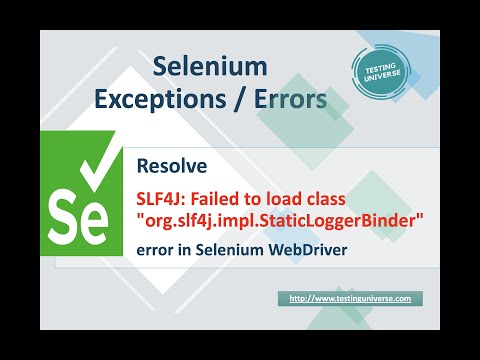
Found 20 images related to failed to load class org slf4j impl staticloggerbinder theme











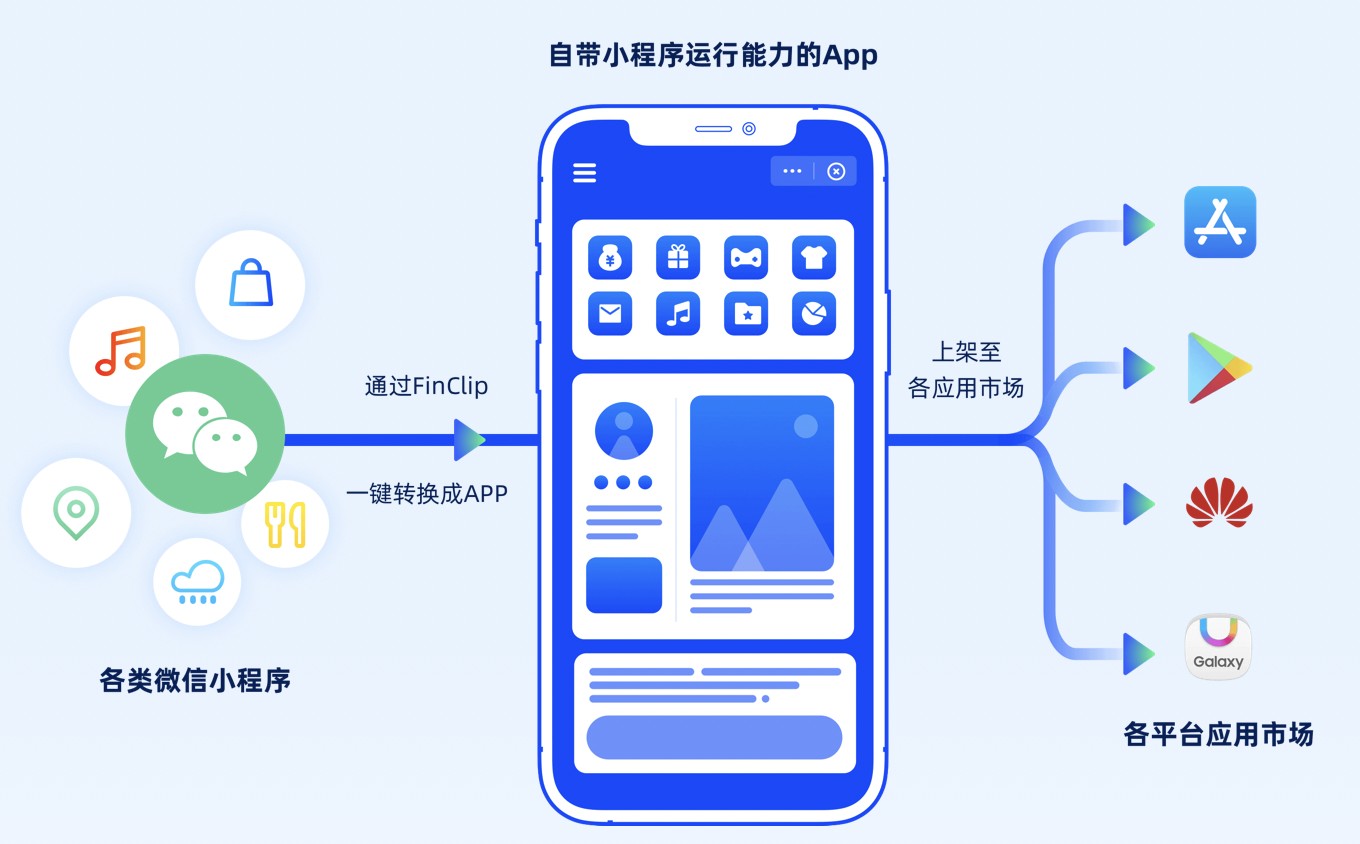






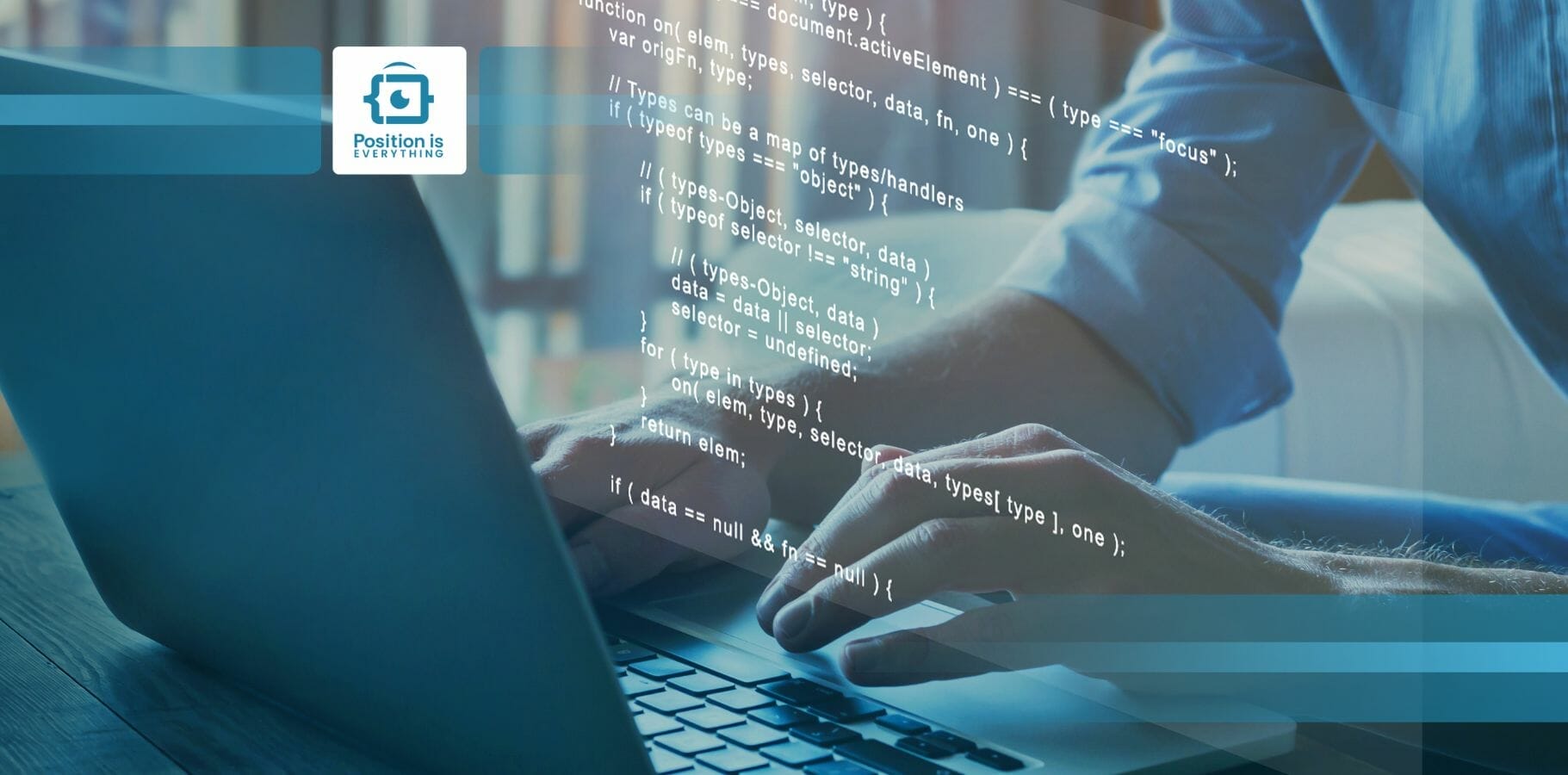



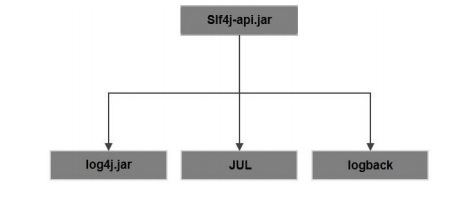
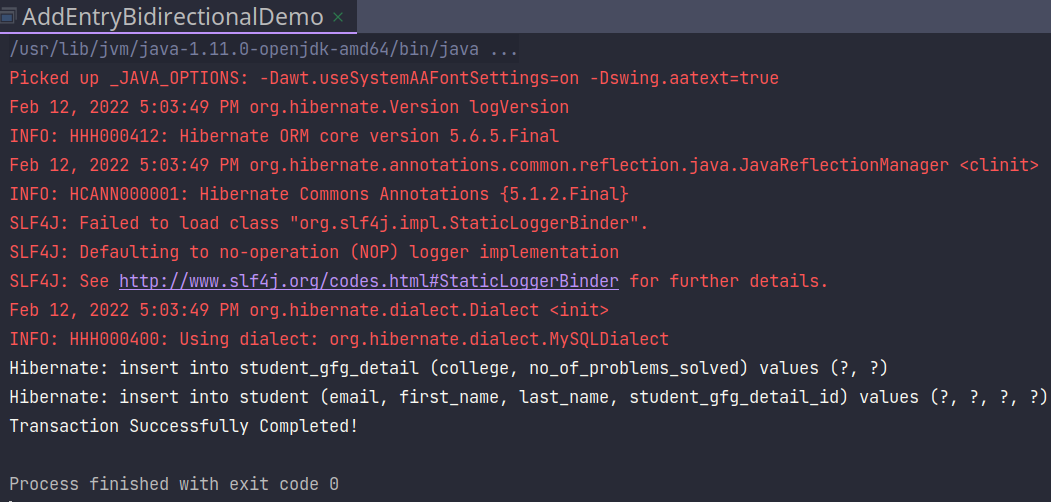























Article link: failed to load class org slf4j impl staticloggerbinder.
Learn more about the topic failed to load class org slf4j impl staticloggerbinder.
- SLF4J: Failed to load class “org.slf4j.impl.StaticLoggerBinder”
- log4j2 – Failed to load class “org.slf4j.impl.StaticLoggerBinder”
- failed to load class org slf4j impl staticloggerbinder – devwithus
- SLF4J: Failed to Load Class org.slf4j.impl.StaticLoggerBinder
- SLF4J Error Codes
- Failed to load class “org.slf4j.impl.StaticLoggerBinder” #1736
- log4j2 – Failed to load class “org.slf4j.impl.StaticLoggerBinder”
- Failed to load class “org.slf4j.impl.StaticLoggerBinder …
- `Failed to load class org.slf4j.impl.StaticLoggerBinder` when …